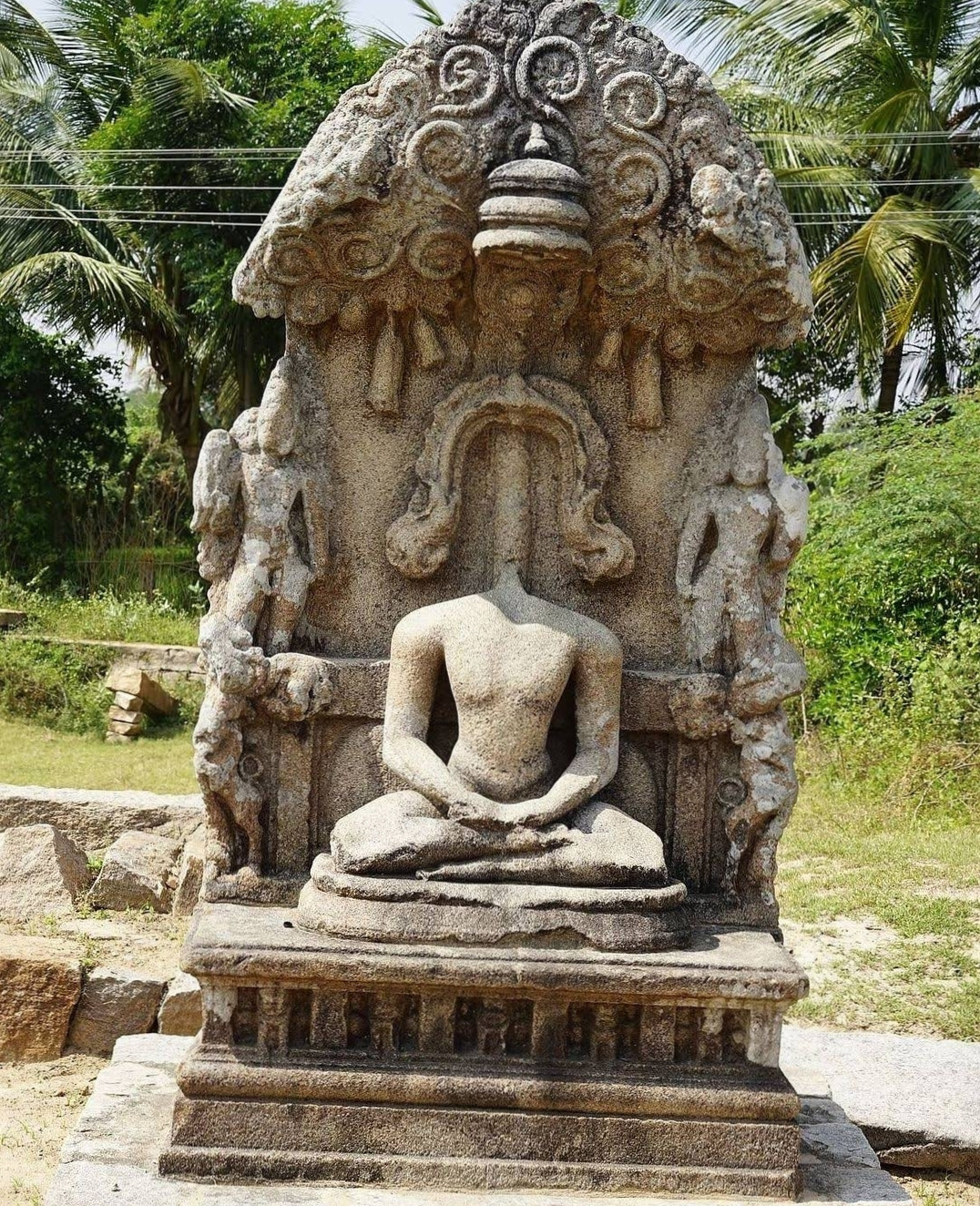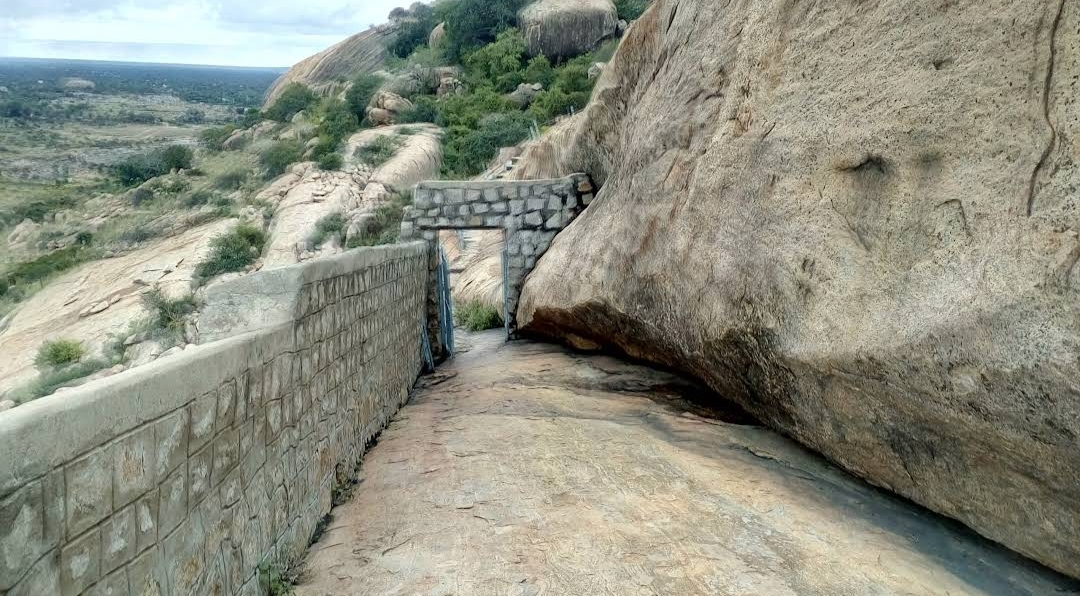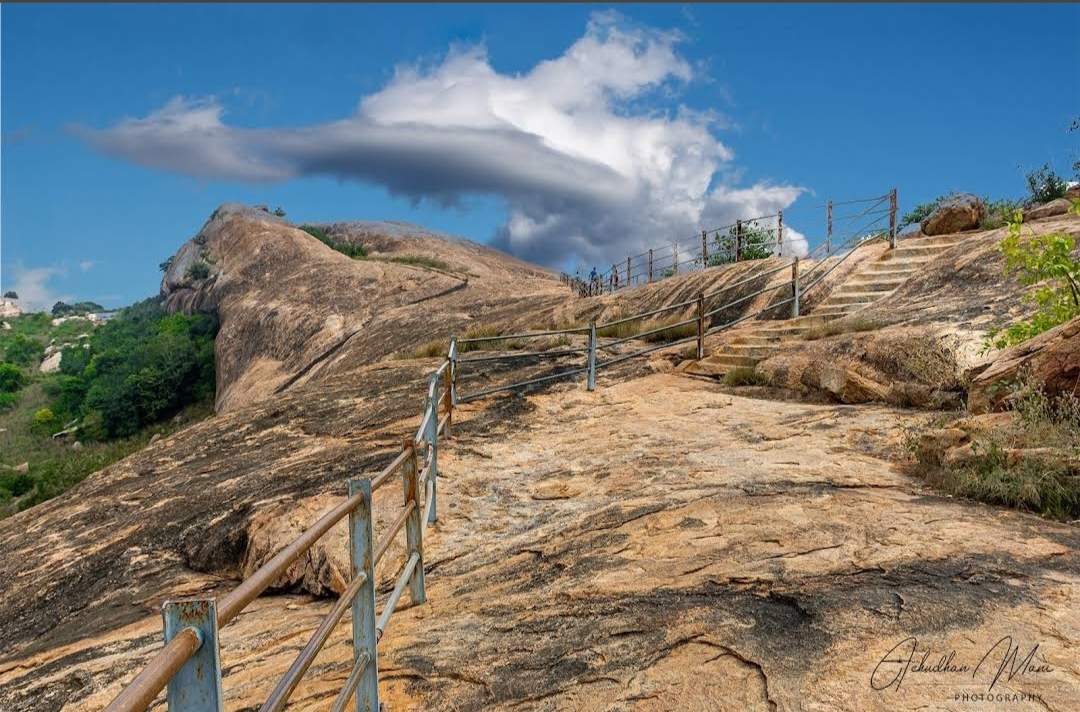Sittanavasal Cave Temple
Sittanavasal Cave temple rock and painting - Sep 29, 2024
SITTANAVASAL CAVE SECRETS & TECHNIQUES
Title : Sittanavasal Cave temple
Medium : Rock
Date : 2nd century
Finding Site : Sittanavasal
Size : varies
Artist : Sramana
GENERAL DESCRIPTION
The Sittanavasal Cave is a rock-cut temple and monastery that dates back to the 2nd century B.C. The cave is also known as the Arivar Kovil, or "temple of the Arihats". The cave's history is marked by its transition from Jainism to Hinduism.
The cave is also known as the Arivar Kovil, or "temple of the Arihats". The cave's history is marked by its transition from Jainism to Hinduism.
Created by Tamil Śramaṇa.
The Śramaṇa movement was an ancient Indian religious movement that originated from the Vedic religion. It rejected the authority of the Brahmins and Vedic Hindu ritualism. The Śramaṇas were ascetics who practiced a strict and self-denying lifestyle in pursuit of spiritual liberation. The Śramaṇa movement gave rise to Jainism and Buddhism.
Tamil Śramaṇa refers to a variety of aspects of the Śramaṇa movement, including Tamil Jains. The word Śramaṇa is derived from the verbal root śram, which means "to perform austerity, labor, or to exert effort".
A microcommunity of ethnic Tamils who practice Jainism, also known as Tamil Samaṇam. They are mainly located in northern Tamil Nadu, in districts like Tiruvannamalai, Kanchipuram, Vellore, Villupuram, Ranipet, and Kallakurichi.
The Sittanavasal Cave in Tamil Nadu, India was built as a Jain monastery and pilgrimage site: https://maps.app.goo.gl/K7SKB63WiJp9jY3r8
Originally, the entire cave temple, including the sculptures, was covered with plaster and painted. The paintings are with theme of Jain Samavasarana, the "most attractive heavenly pavilion" (it means the attainment of nirvana), and Khatika bhumi.
The Sittanavasal Cave in Tamil Nadu, India has three bas-reliefs in the sanctum sanctorum:
An acharya (teacher): This is the third bas-relief in the sanctum sanctorum.
The paintings at Sittanavasal are considered to be some of the best frescoes from medieval India, along with those from the Ajanta and Bagh Caves. They depict Jain themes, including a lotus pond, people collecting lotuses, dancing figures, fish, geese, buffaloes, and elephants.
They depict Jain themes, including a lotus pond, people collecting lotuses, dancing figures, fish, geese, buffaloes, and elephants.  The monument is a rock-cut monastery or temple. Created by Tamil Śramaṇa, it is called the Arivar Koil, and is a rock cut cave temple of the Arihants. It contains remnants of notable frescoes from the 7th century.
The monument is a rock-cut monastery or temple. Created by Tamil Śramaṇa, it is called the Arivar Koil, and is a rock cut cave temple of the Arihants. It contains remnants of notable frescoes from the 7th century. The murals have been painted with vegetable and mineral dyes in black, green, yellow, orange, blue, and white. Paintings have been created by applying colours over a thin wet surface of lime plaster.
The murals have been painted with vegetable and mineral dyes in black, green, yellow, orange, blue, and white. Paintings have been created by applying colours over a thin wet surface of lime plaster.
Purpose:
The cave complex was built to house Jain monks who would meditate and study there.
Significance:
The caves are a significant archaeological and historical site that showcase the rich culture and artistic traditions of Jain ascetics.
Name:
The name "Sittanavasal" translates to "abode of the great saints" in Tamil.
History:
The caves date back to the 2nd century BCE and were a major center of Jain influence for 1,000 years before the Christian era.
Features:
The caves are known for their ancient Jain rock-cut architecture, cave paintings, and inscriptions. The main cave, Arivar Koil, contains a rock-cut temple and monastery.
About Paintings:
Technique:
The paintings at the Sittanavasal cave in Tamil Nadu were created using a variety of mineral-based pigments and the fresco-secco technique .The murals are painted in fresco-secco technique with many mineral colors.
Pigments: The pigments used include white from lime, black from wood charcoal or lamp black, yellow from yellow ochre, red from red ochre, blue from ultramarine or lapis lazuli, and green from terre verte.
Application: The pigments were applied to dry plaster surfaces without adhesive. The lime water in the pigments reacted with oxygen in the air to form calcium carbonate, which made the pigments stick to the surface.
Other features of the Sittanavasal Cave include:
Murals and inscriptions: The cave's murals and inscriptions were first reported in 1904.
Jaina beds: Also known as Ekadippattam or Ezhadippattam, these stone beds are located on a hillock to the east of the cave.
Samavasarana: This is a place of assembly of a tirthankara, depicted in mural paintings on the cave's roof.
My personal experience:
Inside cave we can feel vibration towards us for 'om' kaaram which we have to pronounce from deep inside of our body . Whereas in other hand other sounds was not vibrating or creating echo over there.
The cave temple spreads positive energy because of millions of meditation. Cave temple was highly protected.
.
.
.
Reference: Research
.
.
.
History of art in India
.
.
To be continue
.
.
.
Follow blog to learn more💜
.
.
.
for more information

























Comments
Post a Comment